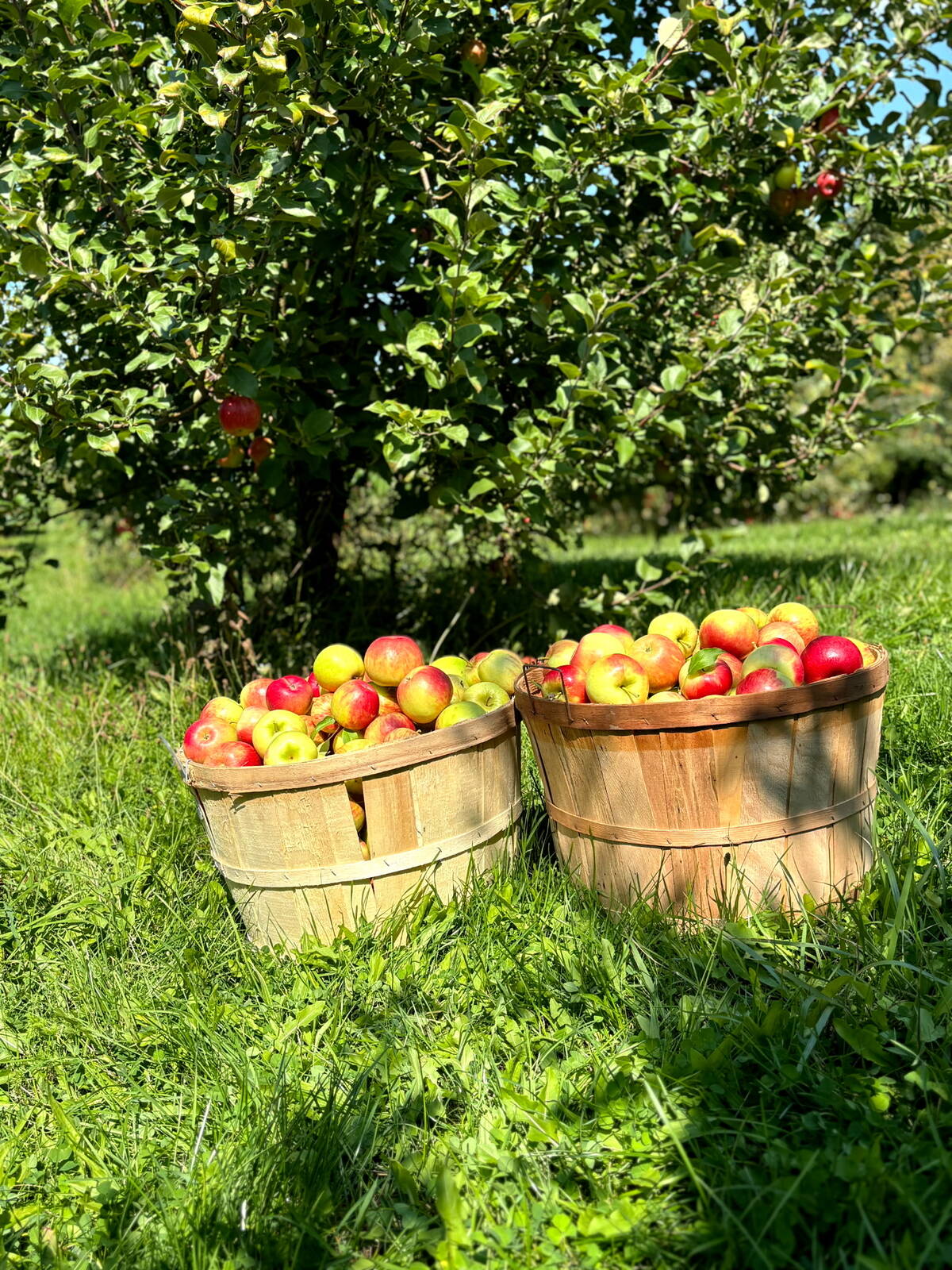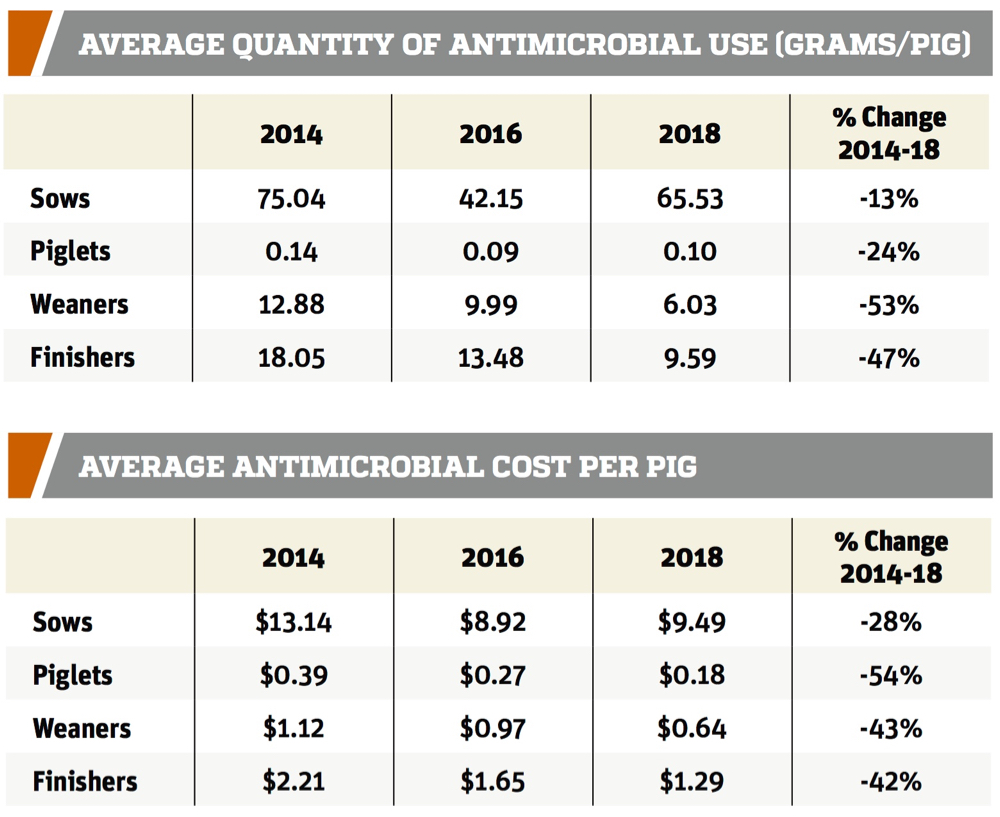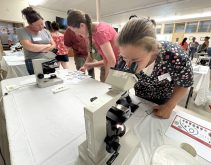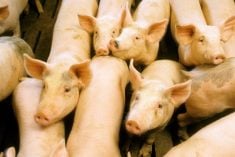An Ontario Pork Industry Council benchmarking study demonstrates that Ontario pork producers continue to lower antimicrobial use.
The project, funded by the Canadian Agricultural Partnership Program, has been ongoing for five years, with surveys in 2014, 2016 and 2018.
Why it matters: Antimicrobial use and antimicrobial resistance have become greater societal concerns, so being able to track industry trends is crucial to conversations with government about regulation.
Read Also

Farmers taking to social media to spread the word about the cost of farm thefts
A rash of farm thefts in Ontario have left farmers looking for new ways to help customers understand the cost of stealing goods.
“We wanted to provide data back to producers to try and see where they sat relative to other producers. More importantly, make informed decisions on how to judiciously use or perhaps, reduce the use of antimicrobials on their farm,” says Dr. Greg Wideman with South West Ontario Veterinary Services.
Wideman presented the findings at the 2019 OPIC Big Bug Day held in Stratford on Dec. 3, 2019.
The participating farms covered a range of the industry: small farms, large farms, farrow to finish, multi and single-site production.
Producers gave permission and provided production information, including number of pigs raised and size of market animal. Most of the collection work was completed by veterinarians and feed suppliers for these operations.
The participants’ production information was matched to antimicrobial sales providing an estimate of a farm’s annual antimicrobial use.
Due to increased funding the project was able to expand in 2018.
“In 2018 we tracked 93,000 sows, close to one third of all the sows in Ontario, a very robust project,” says Wideman.
Results
There are several ways to measure antimicrobial use, grams per pig or grams per 100 kilograms produced and also through dosages.
The study showed that the use of antimicrobials over the five-year period declined.

Although, the volume of antimicrobials used for sows increased from 2016 to 2018 by 23.4 grams per pig, there was a significant decrease in antimicrobial use for older market animals by 47 per cent. That’s after an even larger decrease in use of antimicrobials in sows from 2014 to 2016.
Wideman says that in 2018 farms representing a significant percentage of sows in the project used antimicrobials as part of disease eradication efforts.
“For example, the eradication of the bacterial pathogen Mycoplasma hyopneumonaie requires short-term high treatment of sows with specific antimicrobials,” he said in a follow-up email.
As well, while the volume of antimicrobials is increasing, the number of dosages decreased per sow by 26 per cent per piglet 35 per cent and per weaner by 45 per cent, while remaining the same for finishers.
On average, farms used 16.58 grams of antimicrobials to produce 100 kg of finished pig. That’s a 25 per cent decrease from 21.96 grams in 2016 and a 44 per cent decrease from 29.84 grams in 2014.
Wideman says the decrease in antimicrobial use is attributed to the increased awareness and concern from producers, market opportunities to raise pigs with no or minimal antibiotics and the increased veterinary oversight that came into effect at the end of 2018.
As for types, use of Class 1 antimicrobials, those also important in human medicine, varied year over year. Grams per 100 kg of live finished pig continued to decline. In 2019 the addition of financial evaluation provided more interesting data.
The researchers added in costs of the antimicrobials based on manufacturers’ suggested retail price to understand the effect of reduction on cost of production.
“I think that will be one area producers will get to face the benchmarking part of this project. They will really find (it) valuable,” says Wideman.
Based on the price, the amount spent on antimicrobials decreased, despite the larger number of pigs treated.
As well the average antimicrobial cost per pig decreased across the board, with $9.49 spent on sows in 2018 and $2.11 spent on market animals.
Of the 49 farms that participated in both the 2016 and 2018 iterations, 57 per cent reported a total decrease in antimicrobial use.













